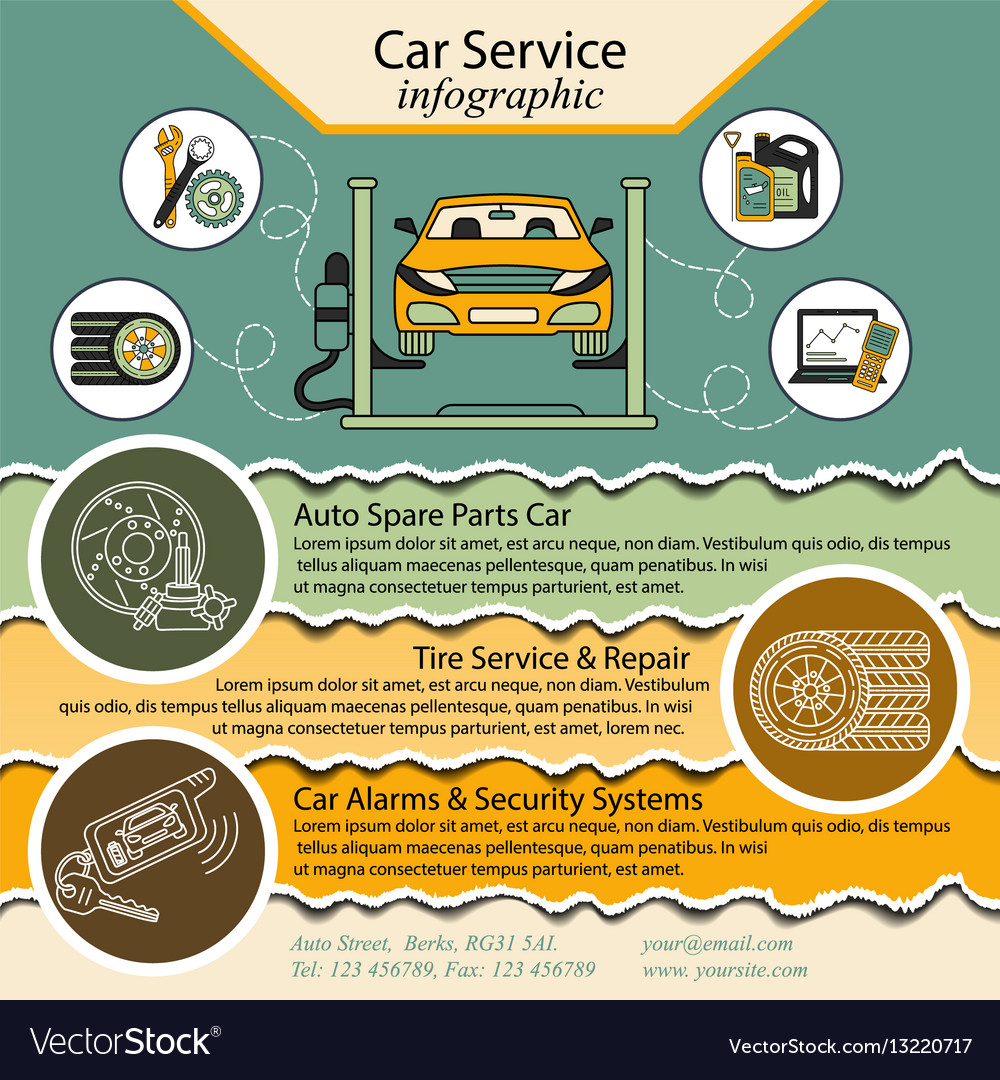An Initial Overview To Decoding Your Automobile'S Warning Indicators
An Initial Overview To Decoding Your Automobile'S Warning Indicators
Blog Article
Authored By-Finley Kruse
When you're behind the wheel, those little warning lights on your car's dashboard can be rather difficult. What do they suggest, and should you be concerned? Recognizing these signals is critical for your vehicle's health, yet it does not have to be a complicated job. By translating the secret behind each light, you'll be outfitted to deal with prospective issues efficiently and keep your automobile running efficiently. So, next time a warning light flashes, do not panic - arm yourself with understanding and take control of the circumstance.
Value of Auto Caution Lights
Comprehending the relevance of your automobile's caution lights is crucial for preserving your automobile's health and safety. These lights work as your auto's interaction system, signaling you to possible problems that can endanger your safety on the road or bring about costly repairs if ignored. By focusing on these warnings, you can deal with problems early and protect against more damages to your lorry.
Disregarding cautioning lights can result in significant consequences, such as engine failure, brake breakdowns, and even crashes. These lights are designed to alert you of problems varying from reduced tire stress to engine breakdowns, offering you the possibility to take action prior to the circumstance aggravates. Frequently checking and recognizing these warnings can conserve you time, money, and guarantee your safety and security while driving.
In addition to keeping you risk-free, responding quickly to warning lights can additionally assist lengthen the lifespan of your automobile. By resolving issues beforehand, you can prevent small problems from escalating into significant fixings, inevitably conserving you time and money over time. Bear in mind, your automobile's caution lights are there for a reason - do not disregard them!
Common Caution Lighting and Meanings
When it comes to driving your cars and truck, recognizing typical caution lights and their definitions is essential for your safety and automobile maintenance. Here are https://dallassmgat.bleepblogs.com/31703445/the-possession-of-a-wide-range-of-vital-devices-is-a-prerequisite-for-any-automobile-service-center-to-successfully-carry-out-their-operations might experience:
1. ** Check Engine Light **: This light indicates a concern with your engine. Maybe something minor like a loose gas cap or something a lot more major like engine misfiring.
2. ** Battery Light **: This light signals a trouble with your car's billing system. It might show a damaged battery, alternator, or various other related components.
3. ** Oil Stress Light **: When this light begins, it means your engine might be running low on oil or experiencing low oil pressure, which can cause engine damages if not attended to immediately.
4. ** Brake System Light **: This light indicates a problem with your stopping system. It could mean reduced brake liquid degrees or a trouble with the brake system that calls for instant interest.
Comprehending these typical caution lights will certainly help you identify possible issues beforehand and protect against even more significant issues down the road.
How to React To Warning Lights
In case a warning light illuminates on your cars and truck's control panel, it's critical to respond without delay and appropriately. When a caution light begins, the primary step is to consult your owner's handbook to understand the particular problem shown by the light.
Some lights need instant focus, while others might suggest a less urgent issue. If the warning light is red or flashing, it's typically a sign of a serious problem that requires instant action. In such situations, it's advisable to pull over securely, shut off the engine, and seek professional help.
For https://www.cenlanow.com/automotive/spend-less-at-the-pump-with-these-fuel-saving-tips/ or orange warning lights, while they may not call for immediate focus, it's still essential to address the hidden concern promptly to prevent more damages. Regular maintenance and inspection can assist stop advising lights from coming on suddenly.
Verdict
In conclusion, comprehending your automobile's caution lights is critical for maintaining your car's health and wellness. By consistently checking and replying to these warnings, you can attend to possible problems early and stop costly repair services or safety threats. Bear in mind to consult your owner's handbook for details on various caution lights and constantly take immediate activity for red or flashing lights. Keep positive and maintain your cars and truck running efficiently!
